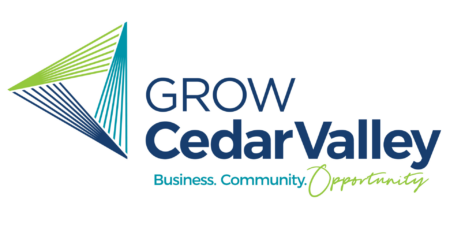The Art of Conducting Effective Marketing Research
In today’s fast-paced and dynamic business landscape, understanding consumer needs and preferences is crucial for the success of any marketing campaign. This is where marketing research comes into play. Conducting comprehensive and well-executed marketing research empowers businesses to make informed decisions, create impactful strategies, and connect with their target audience on a deeper level. In this blog post, we will delve into the art of conducting effective marketing research and explore how it unveils valuable consumer insights.
Defining Marketing Research
Marketing research systematically collects, analyzes, and interprets data to gain insights into market trends, customer behavior, and competitive landscapes. It involves both qualitative and quantitative techniques to gather information that guides marketing decisions and helps businesses understand their customers’ needs, preferences, and purchasing patterns.
Identifying Research Objectives
Before embarking on any marketing research endeavor, it’s essential to clearly define the research objectives. Are you seeking to explore a new market segment? Evaluate the effectiveness of a marketing campaign. Understand customer satisfaction levels? By setting specific and measurable goals, you can tailor your research efforts accordingly, ensuring you obtain the right data to answer your key questions.
Choosing the Right Research Methodology
Marketing research offers a plethora of methodologies, each suited to different scenarios and objectives. Here are some common research techniques to consider:
- a) Surveys and Questionnaires: Utilize structured questionnaires to gather quantitative data and measure customer opinions, preferences, and behavior. Online surveys and face-to-face interviews are popular methods for collecting survey data.
- b) Focus Groups: Assemble a small group of individuals representing your target audience to engage in guided discussions. This qualitative approach provides valuable insights into consumer perceptions, motivations, and reactions.
- c) Observational Research: Observe and analyze consumer behavior in real-life situations, such as tracking shopping patterns or monitoring website usage. This method helps uncover subconscious decision-making processes and provides accurate data without relying on self-reporting.
- d) Data Analysis: Leverage existing data sources, such as sales records, website analytics, social media metrics, and market reports, to extract valuable insights. Data analysis allows you to spot trends, identify patterns, and understand customer behavior in a quantifiable manner.
Designing the Research Instrument
Once you’ve selected a research method, it’s time to create the research instrument, whether a survey questionnaire, an interview guide, or an observation checklist. Ensure that your questions are clear, concise, and unbiased to gain accurate and meaningful responses. Pilot testing the instrument with a small sample can help identify any issues or areas for improvement before deploying it on a larger scale.
Collecting and Analyzing Data
Collecting data can be achieved through various channels, such as online surveys, interviews, or field observations. When dealing with large data sets, consider employing statistical software or data analysis tools to streamline the analysis process. Remember to clean the data by removing any outliers or errors that may skew the results. Once the data is cleaned, employ appropriate statistical techniques to extract meaningful insights and patterns.
Interpreting Insights and Making Informed Decisions
After analyzing the data, it’s time to interpret the findings. Look for trends, patterns, and relationships within the data that shed light on consumer behaviors, preferences, and market dynamics. By understanding these insights, businesses can make informed marketing decisions, refine their strategies, and tailor their offerings to better meet customer expectations.
Applying the Insights
The true value of marketing research lies in its application. Use the insights gained from the research to develop targeted marketing campaigns, refine product offerings, improve customer experiences, and optimize pricing strategies. Continuously monitor and evaluate the effectiveness of these initiatives, and be ready to adapt based on new findings.
In conclusion, conducting marketing research is an indispensable tool for businesses seeking to understand their customers and gain a competitive edge.











